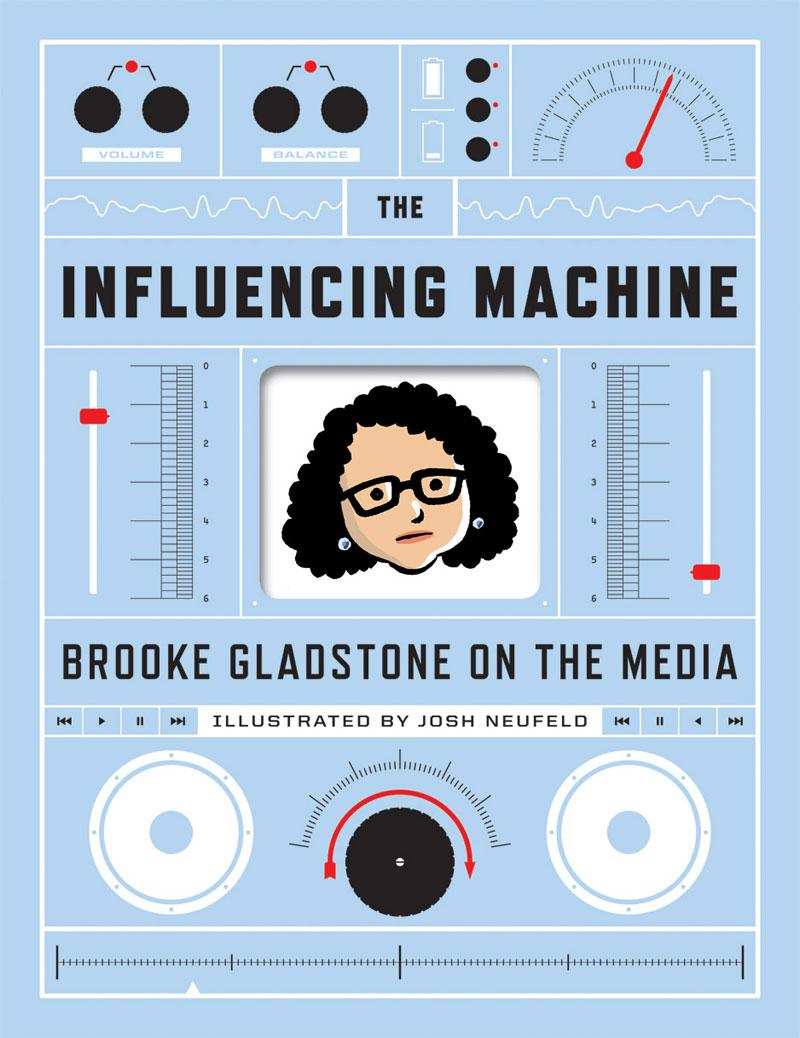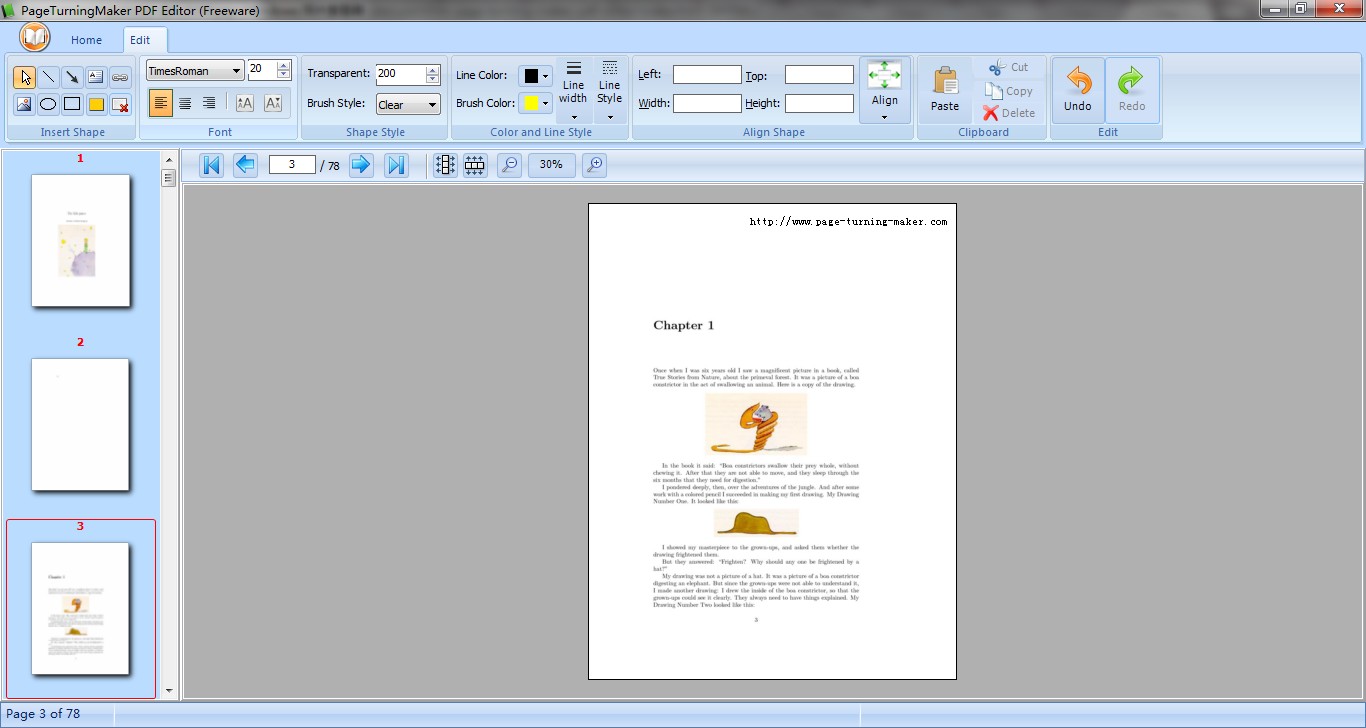The Influencing Machine Pdf Download Free
Free PDF Download Books by John Gray. This is a reproduction of a book published before 1923. This book may have occasional imperfections such as missing or blurred pages, poor pictures, errant marks. The influencing machine Download the influencing machine or read online here in PDF or EPUB. Please click button to get the influencing machine book now. All books are in clear copy here, and all files are secure so don't worry about it.
'On the Origin of the 'Influencing Machine' in Schizophrenia' is an article written by psychoanalystViktor Tausk. It was first published in 1919 in the journal Internationale Zeitschrift für Psychoanalyse and then, after translation into English by Dorian Feigenbaum, in the Psychoanalytic Quarterly in 1933.[1]
The paper describes Tausk's observations and psychoanalytic interpretation of paranoiddelusion that occurs in patients diagnosed with schizophrenia. The delusion often involves their being influenced by a 'diabolical machine', just outside the technical understanding of the victim, that influences them from afar. It is typically believed to be operated by a group of people who are persecuting the individual, whom Tausk suggested were 'to the best of my knowledge, almost exclusively of the male sex' and the persecutors 'predominantly physicians by whom the patient has been treated'.
These delusions are known in contemporary psychiatry as 'passivity delusions' or 'passivity phenomena' and are listed among Kurt Schneider's 'first rank' symptoms which are thought to be particularly diagnostic of schizophrenia, and still form some of the core diagnostic criteria.
- 2The Influencing Machine in art and media
Extract from the article[edit]
The schizophrenic influencing machine is a machine of mystical nature. The patients are able to give only vague hints of its construction. It consists of boxes, cranks, levers, wheels, buttons, wires, batteries, and the like. Patients endeavor to discover the construction of the apparatus by means of their technical knowledge, and it appears that with the progressive popularization of the sciences, all the forces known to technology are utilized to explain the functioning of the apparatus. All the discoveries of mankind, however, are regarded as inadequate to explain the marvelous powers of this machine, by which the patients feel themselves persecuted.
The main effects of the influencing machine are the following:
- It makes the patient see pictures. When this is the case, the machine is generally a magic lantern or cinematograph. The pictures are seen on a single plane, on walls or windowpanes, and unlike typical visual hallucinations are not three-dimensional.
- It produces, as well as removes, thoughts and feelings by means of waves or rays or mysterious forces which the patient's knowledge of physics is inadequate to explain. In such cases, the machine is often called a 'suggestion-apparatus.' Its construction cannot be explained, but its function consists in the transmission or 'draining off' of thoughts and feelings by one or several persecutors.
- It produces motor phenomena in the body, erections and seminal emissions, that are intended to deprive the patient of his male potency and weaken him. This is accomplished either by means of suggestion or by air-currents, electricity, magnetism, or X-rays.
- It creates sensations that in part cannot be described, because they are strange to the patient himself, and that in part are sensed as electrical, magnetic, or due to air-currents.
- It is also responsible for other occurrences in the patient's body, such as cutaneous eruptions, abscesses, or other pathological processes.
The Influencing Machine Pdf Download Free Version
The Influencing Machine in art and media[edit]
Literature[edit]

The most well-known example of an influencing machine is that of James Tilly Matthews who believed he was being controlled 'body and mind' by a device called the 'Air Loom.'[2] Matthews was a tea merchant and political activist before he was admitted to the Bethlem Royal Hospital (Bedlam) after shouting 'treason' in the British House of Commons in 1797. He was a prolific writer and artist and described the 'air loom' in great detail. His descriptions were published as a book in 1810 by John Haslam entitled Illustrations of Madness. This example is the only concrete example of the influencing machine in the history of psychiatry.
In the novel One Flew Over the Cuckoo's Nest, the narrator, 'Chief' Bromden, believes that the psychiatric ward in which he is committed (including the staff) is a machine in the service of a broader 'Combine' - his name for technological society. This portrayal has been described as one of the best-known fictional examples of an 'influencing machine' patient.[3]

Four Arguments for the Elimination of Television by Jerry Mander (1978).Activist Jerry Mander's book argues for the complete removal of television from our lives because of its ill effects. Mander gives the example of Tausk's 'Influencing machine' as being a parallel for television: 'Doubtless you have noticed that this 'influencing machine' sounds an awful lot like television ... In any event, there is no question that television does what the schizophrenic fantasy says it does. It places in our minds images of reality which are outside our experience. The pictures come in the form of rays from a box. They cause changes in feeling and ... utter confusion as to what is real and what is not.'
Other[edit]
Real-life cases[edit]
- John C. Lilly (during habitual ketamine use)
See also[edit]
References[edit]
The Influencing Machines Main Idea
- ^Tausk V (1933) On the origin of the influencing machine in schizophrenia. Psychoanalytic Quarterly, 2, 519-556.
- ^Jay M. (2003) The Air Loom Gang. Bantam Press. ISBN0-593-04997-7
- ^Melley, Timothy (2000) Empire of Conspiracy

External links[edit]
- On the Origin of the 'Influencing Machine' in Schizophrenia at PubMed Central